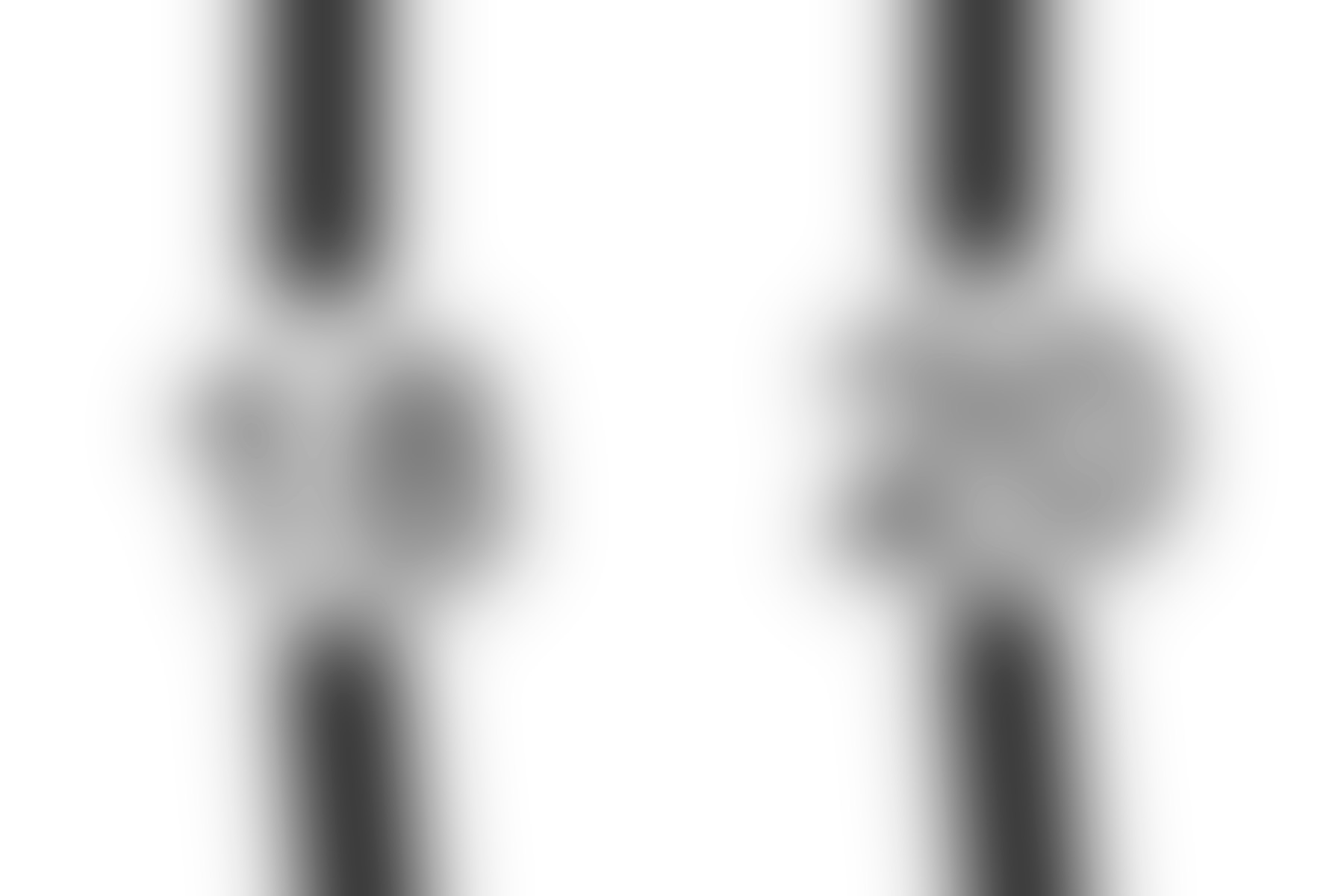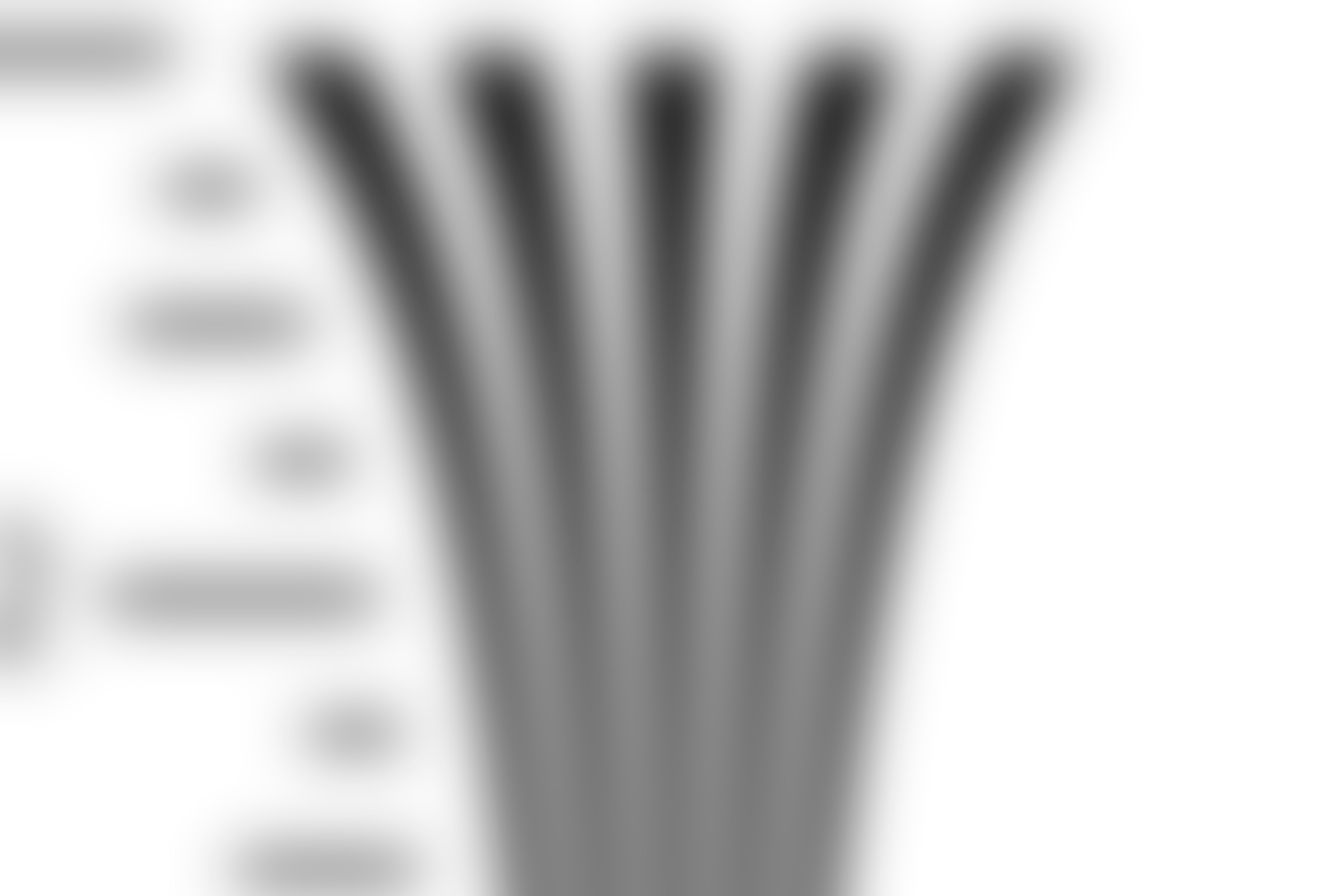






- 2014
- mixed media (chromogenic print, glass, and wood frame)
- Untitled-1-17, Untitled-1-2, Untitled-1-11, and Untitled-1-26: each 150 x 180 cm without frames
- Untitled-1-5, Untitled-1-12, and Untitled-1-20: each 270 x 180 cm without frames
Technical Drawing
Following is Rhee Z-won’s commentary on the work published in the Hermès Foundation Misulsang 2014 exhibition catalog (2015):
“This time, we wanted to try something different in terms of approach and effect: something less articulate and more atmospheric, something more difficult to rationalize or contextualize,” say Sulki and Min about their series titled Technical Drawing. Certainly, the new work addresses similar themes that they have explored, and an obvious parallel can be drawn with the Functional Typography series from 2006: “It’s about celebrating the invisible and the incomprehensible. But this time it’s not as confident or optimistic, perhaps because our belief in the mystery of the world has weakened.”
“Clarifying is our business, obscuring is our pleasure” – this being their motto, Sulki and Min see the communication of given contents, messages, information or meaning as their primary task as graphic designers. But they are also aware of the sickening aspects in the contemporary compulsion to clarify everything, to reveal every last retreat and communicate the most intimate feelings: “Thanks to smartphones and constant connectivity, the world of the instantly knowable has arrived, making the legendary ‘knowledge’ impotent either as source of pleasure or power. Any piece of knowledge nowadays is no more than a pretext to post another Tweet or Instagram picture.”
Sulki and Min are conscious of the role that graphic design has played in constructing a world so banally transparent. Since the modernity, graphic design has been part of an enlightening project. Like the streetlights erected in Paris after the French Revolution, it was once seen as a force of goodness that would cast light on any dark corners of irrationality, and help everyone communicate with each other equally and clearly. But at a time when even the most private inside of an individual can be brought to light by will, it is not easy to keep a good faith in graphic design as an agent for “more light!” – although this doubt, to be fair, can be extended to any form of social communication.
As a reflection on this development, Sulki and Min would try to leave certain “shadows,” some “residues” that cannot be dissolved into “communication.” One strategy has been to find and highlight clues that seem to suggest the life’s remaining incomprehensible mysteries. Functional Typography, for example, took the small, enigmatic codes inscribed on the surface of products or packages, and dramatically enlarged them as posters. The Exercises in Modern Construction series from 2008 onwards has attempted to explore and, indeed, construct, the forms and visual orders that they believe – or want to believe – inherent in certain surfaces or structures. They call the attitude underlying these projects “the cryptographic imagination.” Stemming from the tradition of secret writing, and developed as a theoretical concept to explain the particular pleasures associated with mystery novels, it refers to an attitude toward language that acknowledges its opaqueness and slipperiness, endlessly inquiring what really is behind the apparent meaning of a text. What matters here is not the content of any hidden meaning, not even its actual existence, but the suspicion itself, through which we are re-enchanted with the world.
As the title suggests, each Technical Drawing zooms in on a small detail of another image of a precisely technical nature, and turns it into large and blurry shapes, “as if we are too close to it, or just passing through it.” Sulki and Min refuse to share the original sources of the details, except saying that each is “merely a minute part of a much larger and meaningful existing drawing.” This compares with how they explicitly stated the sources of Functional Typography in the name of each piece: “With Functional Typography, we wanted to articulate our encounters with what seemed to trigger the cryptographic imagination. But Technical Drawings are not a record of anything. Rather, they are a set of manipulated images. They don’t show much interest in what actually exists. They don’t expect so much. It’s in this sense that we say the work is less optimistic.”
While conceiving this work, Sulki and Min came up with the notion of the “infra-flat.” If Marcel Duchamp’s “infra-thin” refers to a subtle, nearly imperceptible difference, “infra-flat” describes a sense of reversed depth created by the same force that has been flattening the world, once it has crossed the total-flat threshold: “it might be too much to compare it to a black hole created by excessive gravity. No, it’s more like a pseudo-depth dramatized by a vision that sees the world as a “3-D version of the 2-D.” Our world has been flattened to the point where the depth is defined by the distance between a selfie pod and the subject. Infra-flat is about a negative depth possibly created by a selfie-pod vision once it has finally reduced the distance to minus degrees.”
It does not mean that their Technical Drawings are proposed as a concrete illustration of the world seen from some abstract selfie pod. Rather, the images simply recognize the possibility of such a vision, and hazily indicate its nature. “Can you imagine a perspective painting in a non-dimensional world? Not that we can, but it would be fantastic,” they suggest. Now, one may wonder if they really know what they are talking about. There is something pretentious, if not deceptive, in the way Sulki and Min are evasive about their work. Indeed, there is a slight sense of fictitiousness to the Technical Drawings, as if they were just props for a film set in an infra-flat world. Sulki and Min:
“Well, it wasn’t our intention to construct any specific narrative. But we do think there has always been some fictionality, or theatricality, to our work. Maybe it’s to do with the “obscuring is our pleasure” part. You may find it in our work itself, but also in the way we present it, how we talk about it. It applies to this conversation, too.”
- Project type:
- ambiguous
- Commissioner:
- Fondation d’entreprise Hermès

Photo by Nam Kiyong, courtesy of Fondation d’entreprise Hermes

Photo by Nam Kiyong, courtesy of Fondation d’entreprise Hermes
































